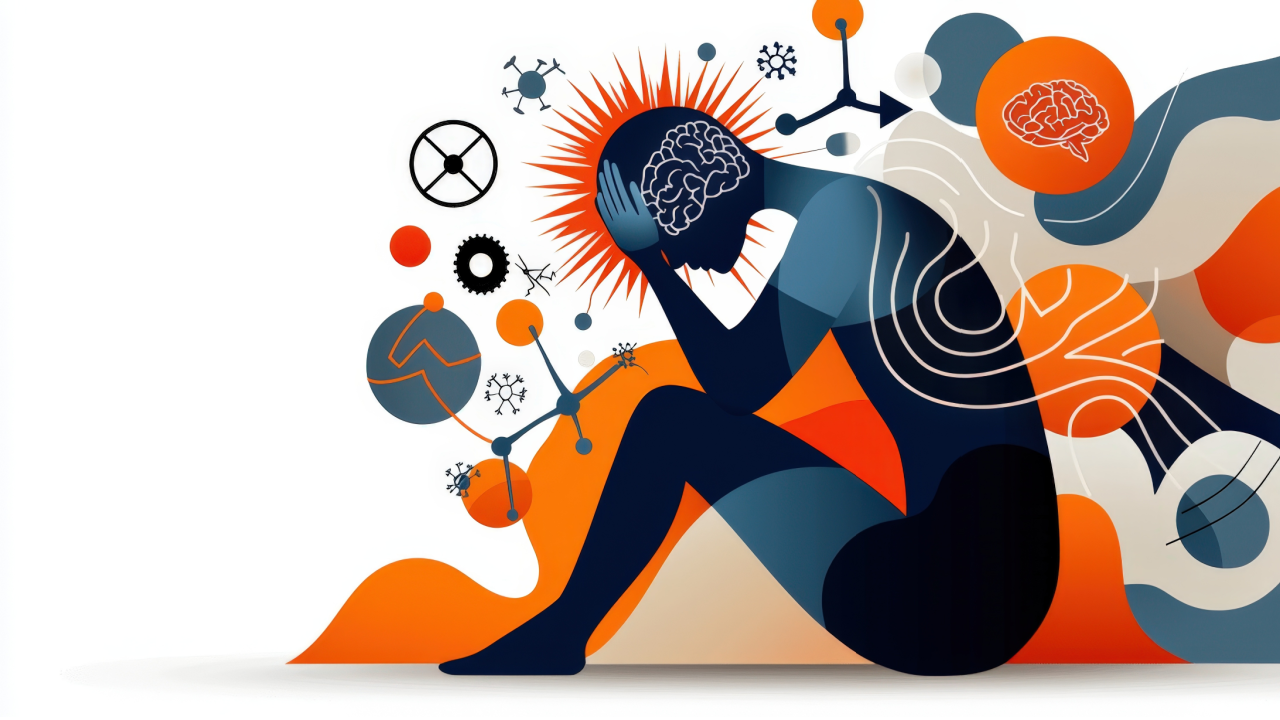Functional Cognition is the Future
Jan 17, 2025
In occupational therapy, the landscape is evolving, and at the heart of this shift is functional cognition. As practitioners, our role extends beyond physical rehabilitation—we must address the cognitive processes that drive occupational performance. Functional cognition focuses on how clients use their cognitive abilities in real-world tasks, influencing everything from daily routines to complex IADLs. This approach is rapidly becoming the cornerstone of maximizing independence and fostering meaningful engagement.

Avoiding the Temptations to Misinterpret Functional Cognition
As functional cognition gains attention within occupational therapy, there are two critical missteps practitioners must avoid:
- Siloing Functional Cognition – It can be tempting to categorize functional cognition as a stand-alone domain, separate from broader principles found in cognitive neuroscience. However, doing so risks disconnecting it from the mechanistic, scientifically-supported foundation that underpins it. Functional cognition is not an isolated construct but is deeply rooted in established research on brain function, neuroplasticity, and cognitive processes. To silo it would be to weaken our understanding and practice.
- Undervaluing Functional Cognition – Another misstep is viewing functional cognition as “low-level cognition” or a simplified form of practical application. In reality, functional cognition represents the highest level of cognitive integration. It reflects the synthesis and orchestration of low and high-level executive functions to produce a coordinated outcome—occupational performance. This dynamic interplay of memory, attention, cognitive flexibility, and decision-making reflects some of the most complex neurocognitive phenomena. To undervalue it would risk alienating occupational therapy further from the scientific professions that have long established the groundwork for this essential area.
Functional cognition is not trivial—it is the key to translating theoretical understanding into real-world success for clients. As occupational therapy continues to grow within this domain, we must advocate for its importance as an equal partner in cognitive science and neurological rehabilitation.
Activity Analysis: Uncovering Hidden Deficits
Activity analysis is the key to unlocking hidden cognitive performance deficits. By systematically breaking down tasks into their smallest components, therapists can identify where the cognitive load becomes too heavy. This structured approach reveals gaps in memory, sequencing, attention, and problem-solving that impact performance, even when physical abilities seem intact.
Example:
Consider a client returning to work after a traumatic brain injury. During activity analysis of computer-based tasks, it becomes evident that while the client’s typing speed has returned to baseline, working memory deficits prevent them from accurately drafting emails without frequent errors. Identifying this issue allows the therapist to implement compensatory strategies, such as external memory aids and discuss psychosocial factors that may be influencing attention and focus, while also designing a dual-tasking exercises and cognitive training tasks to remediate the underlying cognitive deficit.

Case Study: Cognitive Barriers in ADLs
A 67-year-old client with Parkinson’s Disease presents with difficulty managing household chores. While physically capable of vacuuming or folding laundry, the client frequently forgets which tasks need to be completed, resulting in unfinished activities and frustration.
Activity Analysis Breakdown:
- Occupation: Household management
- Body Functions: Memory, attention, sequencing, and executive function
- Performance Skills:
- Process skills: Initiating, sequencing, and terminating tasks
- Motor skills: Lifting, bending, reaching
- Cognitive skills: Prospective memory and task-switching
Intervention: The therapist introduces a visual checklist and timer system to reduce cognitive load. In parallel, dual-tasking exercises involving cognitive flexibility and task-switching improve the client’s ability to manage multiple household activities over time.

